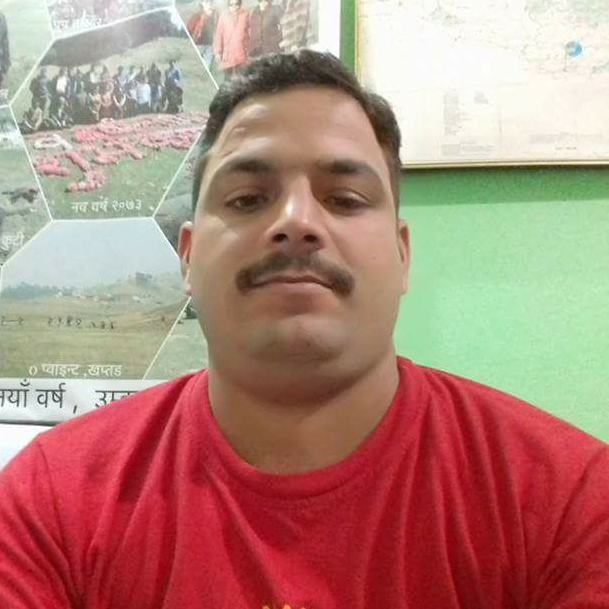Sudurpaschim Province
Managing stray animals a major challenge for Kanchanpur local units
Even if some local units have spent millions, a sustainable solution to the problem remains elusive.
Bhawani Bhatta
Managing stray animals, mainly the cattle, has been a major challenge for the local units in Kanchanpur, a Tarai district of Sudurpaschim Province. The locals are hugely affected as stray animals damage crops, cause road accidents and spoil the beauty of the towns and villages.
In the 2017 local elections, people raised the issue of stray animals with the candidates, who made it an important election agenda. Some local bodies in Kanchanpur spent a good amount of money for the management of the stray animals as well. However, the problem of stray animals remains the same, if not worse.
“We have set up a barbed wire fence around our field to protect crops from stray animals,” said Ramesh Joshi, a local farmer of Bhimdutta Municipality-5. “But a herd of animals breach fences, enter the field and destroy crops. They stay in the streets during the day and enter fields at night.” Joshi complained that farmers had a tough time protecting their crops from the marauding stray animals. “We are forced to stay awake at night to chase away the stray animals and protect our crops,” he said.
Herds of stray animals are seen in every chowk along the East-West Highway from Gaddachauki to Attariya in Kanchanpur district. The street animals, according to the district traffic police office, also pose a risk of road accidents.
Some local units, including Bhimdutta, Bedkot, Shuklaphanta and Krishnapur municipalities, attempted to manage the stray animals. Each of them spent Rs5 million to Rs10 million to construct Gaushalas (cow sheds) and to keep records of the domesticated quadrupeds, among others. But they failed to manage the problem sustainably.
“Millions of rupees were spent but the problem remains the same,” said Ganesh Chand of Bhumdutta-6. “The local government could not manage the stray animals as planned. The budget was misused.”
Chand claimed the people’s representatives distributed money to their party cadres in the name of controlling and managing stray animals.
Among nine local units in Kanchanpur, Bedkot and Bhimdutta are the most affected by stray animals. It is estimated that there are around 700 stray animals in Bedkot Municipality. As many as 250 animals are kept in an enclosure in the Chunepani area. But there are no efforts to manage the stray animals.
Bhojraj Bohara, the mayor of Bedkot, admits that the issue of stray animals has not been resolved as expected. “The municipality is studying about the sustainable way of managing stray animals by forming a task force under the leadership of deputy mayor Tulasi Joshi,” Bohara said. “Closing the animals in the sheds didn’t yield desired results. We are planning to produce compost fertiliser by using these animals. The taskforce is studying the management modality and estimated cost. It will be decided soon.”
Bhimdutta Municipality is also struggling to manage stray animals and relieve people from their menace.
Mahendra Khadka, the spokesperson of Bhimdutta Municipality, said keeping stray animals in the sheds and providing them with grasses and straws is just a waste of time and resources. “It should be managed in a scientific way as per experts’ suggestion,” he said. “The problem of stray animals cannot be resolved without the support and cooperation of general people.”




 14.12°C Kathmandu
14.12°C Kathmandu











